While out fishing on our boat, have you ever wondered how the sea spray can contribute to human health or global climate change? Scientists from UC San Diego’s Scripps Institute of Oceanography are about to find out. They were recently awarded a $20 million grant, dispersed over five years.
While aerosols are best known as the contents of spray cans, they also include dust, soot, pollution and sea spray, said Kimberly Prather, Distinguished Chair in Atmospheric Chemistry at UC San Diego and director of the center.
“They’re very visual,” she said. “You can see their evidence in red sunsets, tailpipes, and gobs of them coming from wildfires. The natural ones are from the ocean.”
Those are the ones the center will start with, she said. While human-caused particulate pollution is easily visible, natural aerosols released by the ocean are more abundant, and have a more profound effect on the environment.
The whole article can be found here: http://www.utsandiego.com/news/2013/sep/09/environment-ucsd-scripps-aerosol-NSF-sea-spray/

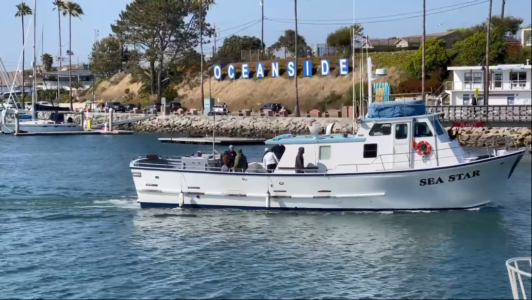
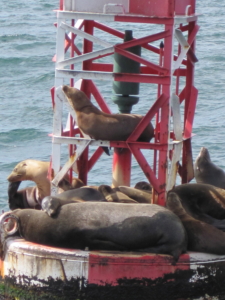
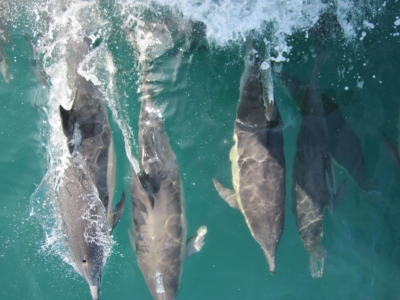
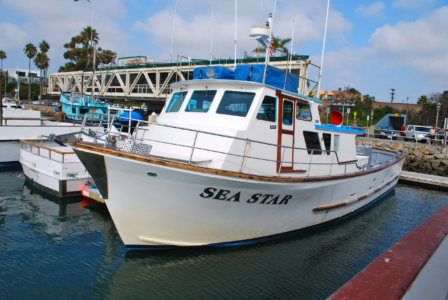
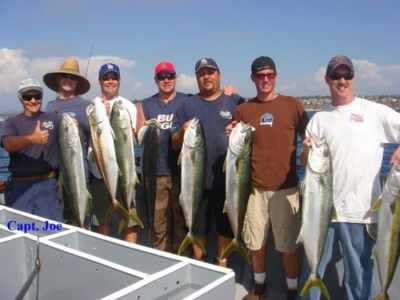
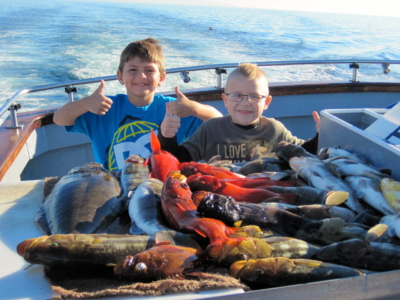
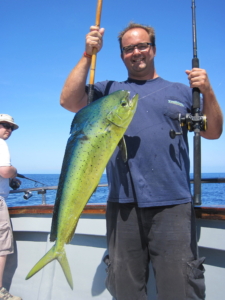
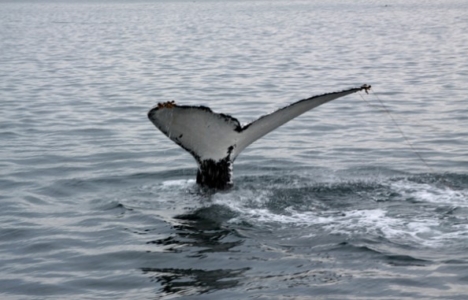

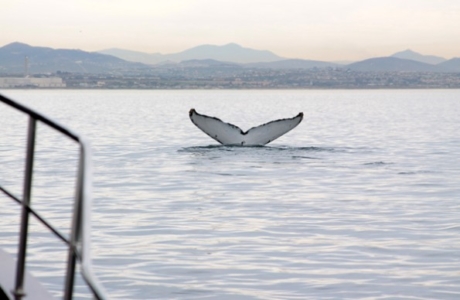
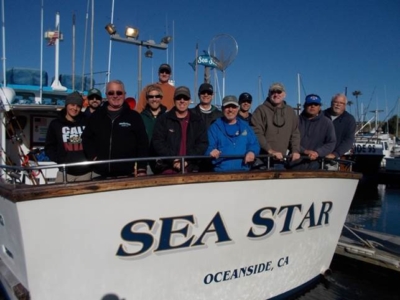
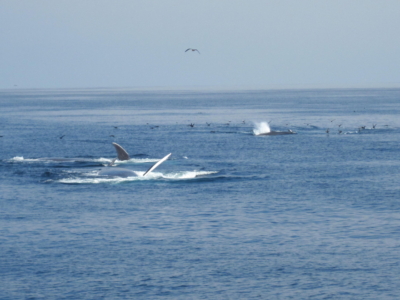

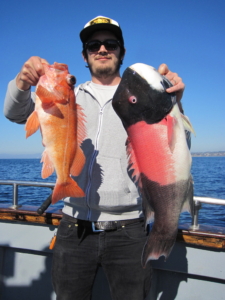
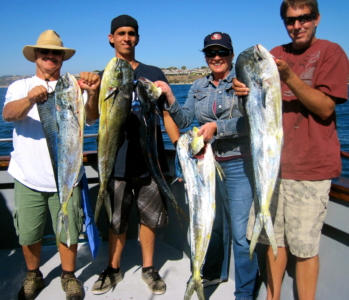






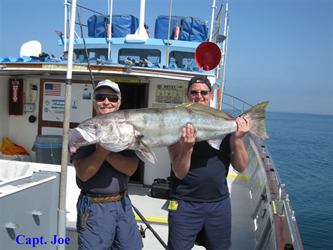
Recent Comments